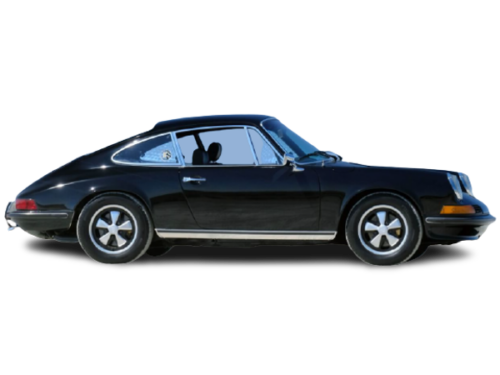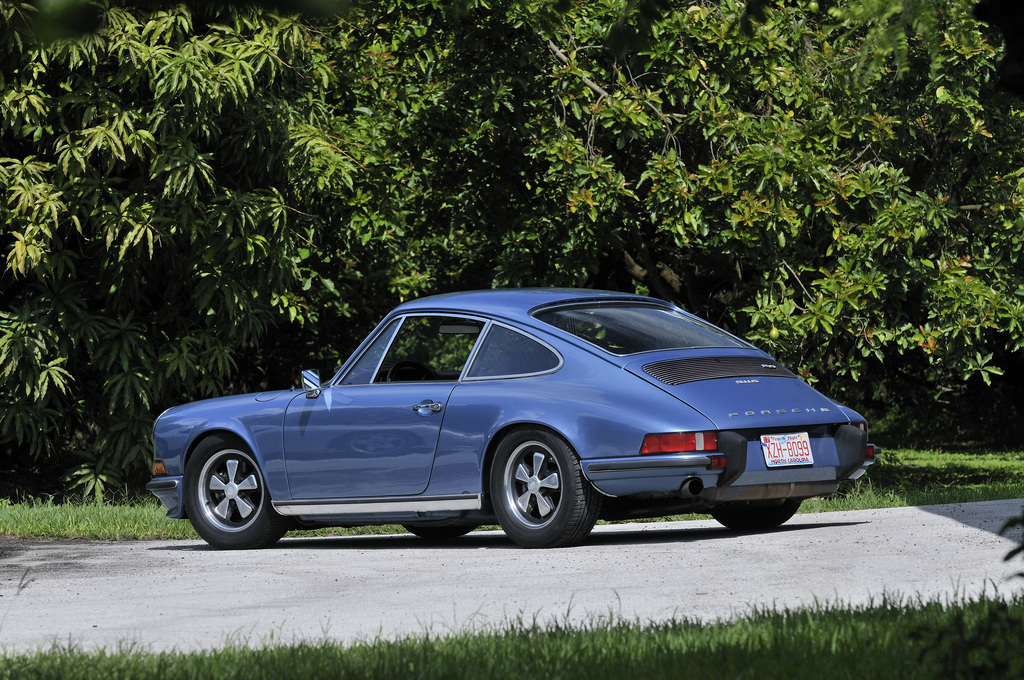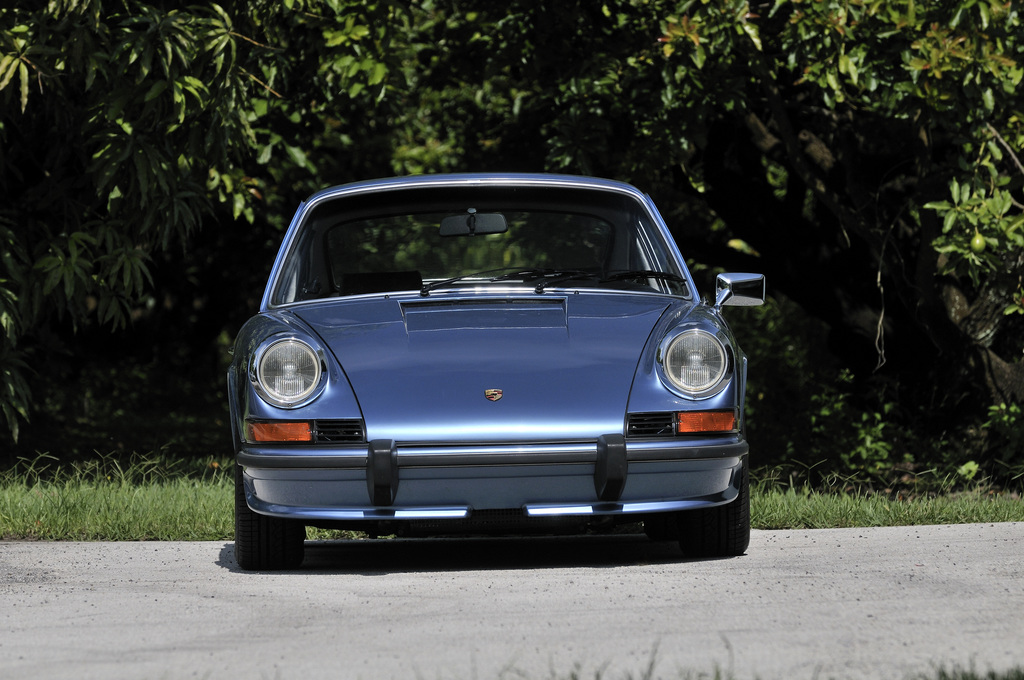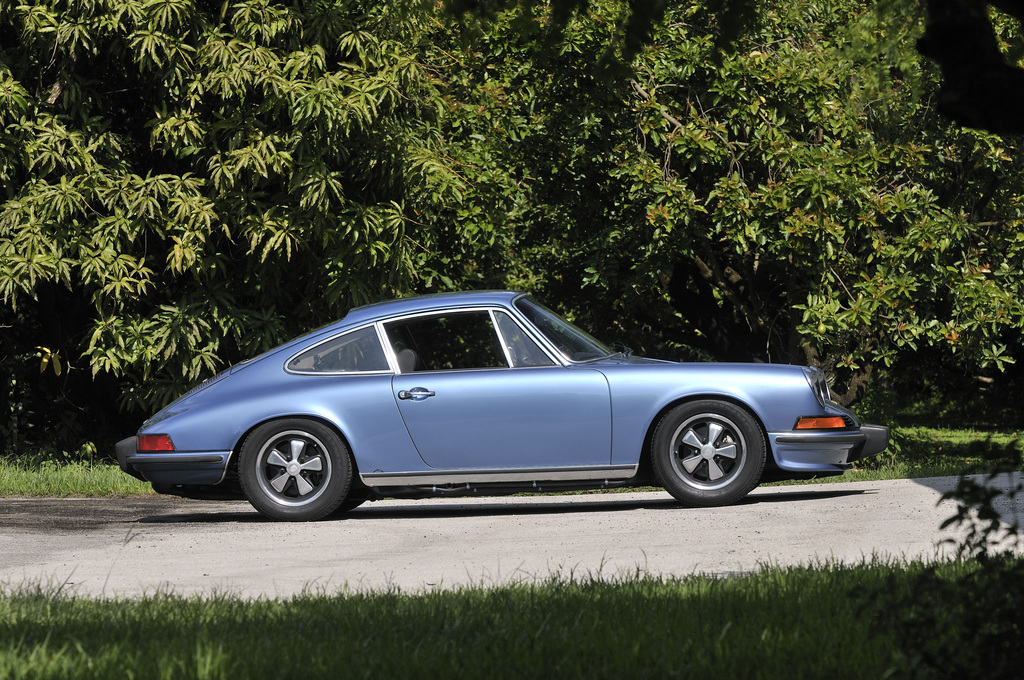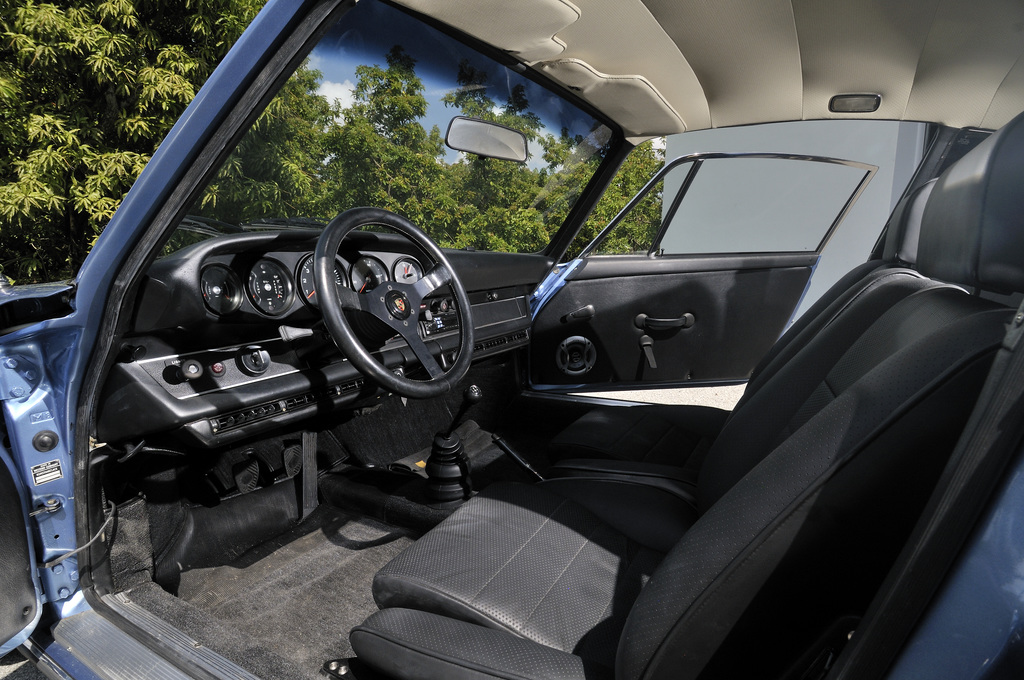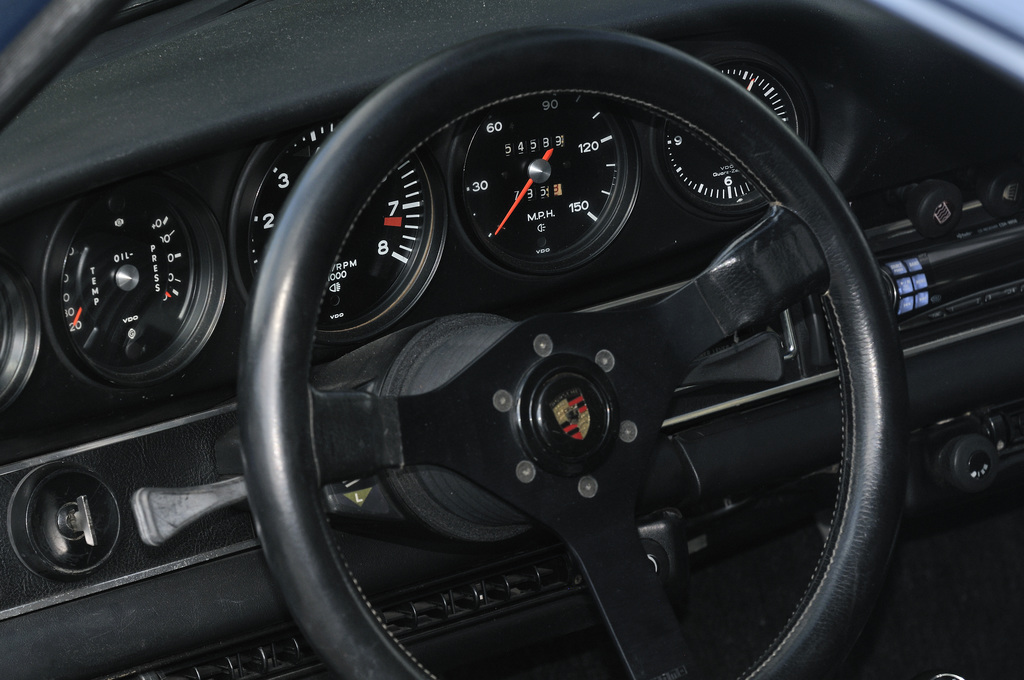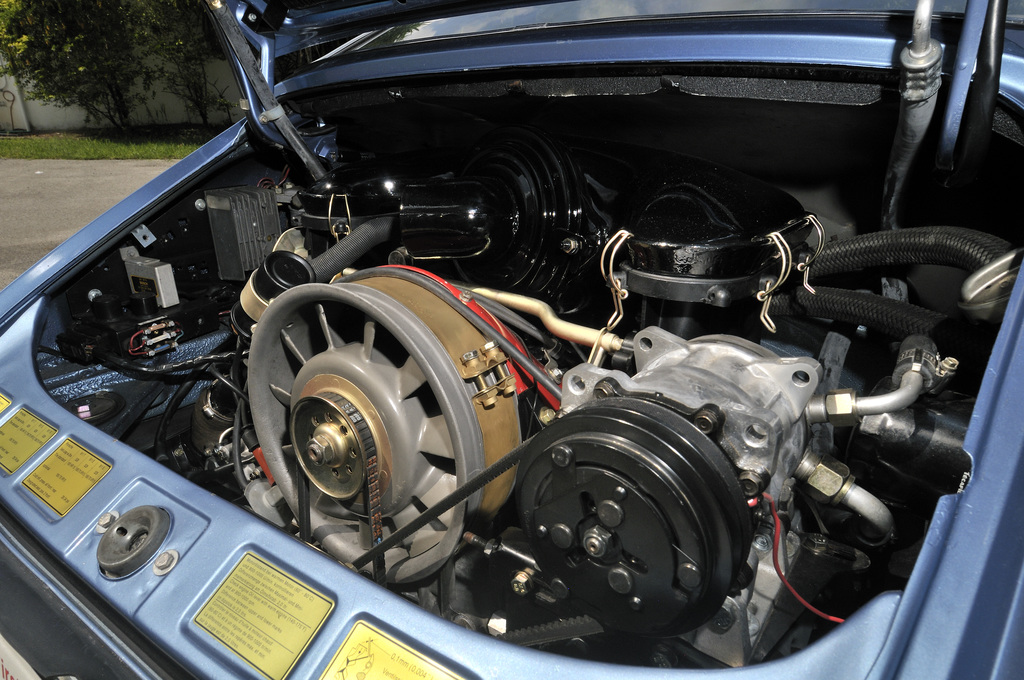1972 – 1973 Porsche 911 S 2.4 (LWB) – Ultimate Guide
The final early 911S befitted from Porsche’s 2.4-liter engine the the long-wheel-base body. As such it is one of the final classic 911s before the 2.7 came out in 1973. Visually, the 2.4 range received a new chin on the front valence that was standard on the 911S and optional for the rest of the range. The S model had slight larger 6Jx15 Fuchs alloy wheels over the other models.
It did not take long for the 911 to make an impression in the world of racing. It all started with the 1965 Monte Carlo rally and was followed closely by a steady stream of Porsches showing up and performing well at endurance races. Things escalated and the 911 entered the big boy league with the 1966 running of Le Mans. A 2 liter 911 (almost stock btw) driven by Jean Kerguen and Jacques ‘Franc’ Dewez won the the 2 liter GT class after starting in 37th and finishing in 14th overall. At the time everybody was talking about the big-engined Ford and Ferrari rivalry at the front of the pack, but this result showed that the 911 had what it took to compete at the pointy end despite its small size and much smaller engine.
Over the next few years the 911 platform grew in size, with the wheelbase growing for MY 1969. The result was a big improvement in addressing the extreme oversteer characteristics of earlier 911s. The 911 also got bigger in the engine department. The 2195cc C Series 911 in 1970 meant the 911 had finally dragged itself out of the (just on) 2 liter class into the 2000 – 2500cc category (baby steps).
The new 2.2 liter engine created new opportunities for Porsche. The racing rules at the time said that engine size could be increased up to the class limit. Between 1970 and 1972 these so-called 911 ST models dominated their class in both racing and rallying. Enlarging the bores initially brought 2247cc, then 2380cc and eventually 2.4 liter engines.
This post is about the E Series 2.4S. This variant is special for a number of reasons, not least because, 2.7 Carrera RS excepted, it was the pinnacle of the original, chrome-bumper 911. As the top of the range S model it was fast and expensive – the smart choice of the wealthy driving enthusiasts aware of Porsche’s triumphs on the track.
The classic, air-cooled Porsche flat-six made 190 hp at 6,500rpm, with 160 lb/ft of torque at 5,200rpm. That doesn’t sound like much today, but do not forget that this is in a car that weighed 1,050 kg. There is no doubt for the era that this Porsche was seriously fast. 0 – 60mph was over in about in around 6.5 Sec, with a top speed of (almost) 145 mph. With a great chassis, strong brakes and solid road holding ability, it was a fun sports car for sure.
If you drive a 2.4S today you cannot help but enjoy the level of engagement. It is more than the sensation of speed (because objectively nearly every car on the road is faster). There is something else. It radiates from deep within this 2.4S, a genuine sense of confidence, a connection with the mechanical side of a car that just draws you in. You want to drive this car, it just gets under your skin like that.



